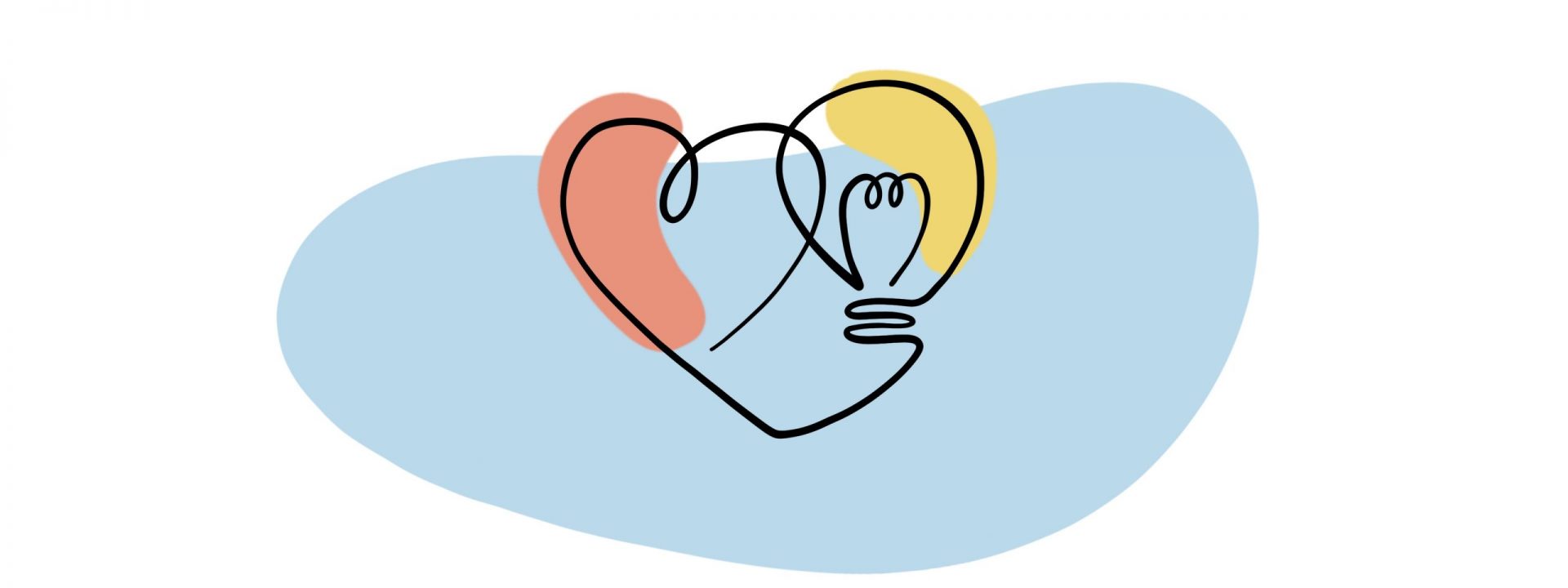When HYVE’s Innovation strategist Rebekka Bogner studied at the Université Laval in Canada, she had a professor, who – whenever she noticed that the attention of her students was fading away, would exemplify the learnings she wanted her students to understand with relationship-related parallels. And guess what, it worked. She suddenly had the course’s full attention. Now, Rebekka hopes this blog post will get yours and that these examples will stick to you like her former professor’s did.
Number one: The first spark – it always starts with ideas (or external pressures)
Love always starts with a certain spark. For some, it might be a certain person that you cross paths or eyes with, an intriguing advertisement for a new dating platform, or a delicious exotic new dish (yes, the love for food also goes a long way for some of us). For others, it might be their grandma (who really (!) wants to be a great-grandma) or anyone and anything else that urges you to find somebody.
Similarly, in the innovation context you either come across an interesting idea, want to change the ways how you operate, or you experience external (market) pressure that make it inevitable for you to come up with new products, services or business models in order to stay in the game.
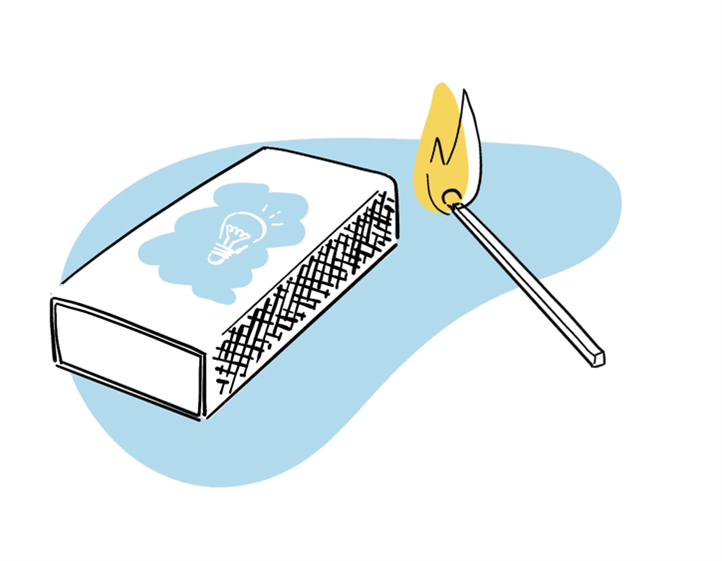
At the start of any innovation process, at HYVE we emphasize how important it is to use the right tools or methods to nourish new ideas and to come up with a broad set of ideas to start with. We call this the exploration and ideation phase. In this phase of the innovation process, you either want to find ideas on how to fix a problem or find inspiration for completely new categories, segments or markets. Creative exploration and ideation sessions are a great way to come up with many ideas quickly.
Plus, just as there are countless platforms and possibilities to meet someone online these days, there are many ways you can use platforms and tools to leverage ideas online too.
For instance, at HYVE we have facilitated many creative ideation sessions online using Miro. Another great tool to get access to nearly 1,000 minds from all over the world is the HYVE Crowd. Last year alone, 24 companies used it to run ideation contests and they came up with a total of 3177 ideas and 2186 comments. Not bad, right?
Want to know more about it? Find a successful example here: https://www.hyve.net/en/blog/bright-ideas-with-ledsart/
Number 2: Narrow it down & take off the rose-tinted glasses
Even though there are so many interesting people out there, you cannot date everybody. This is the same with ideas, there might be many out there that look quite attractive, however, you need to narrow it down. Otherwise, you end up with everything and nothing. To do a first and quick prioritization, make sure you have defined a set of important criteria. As it is helpful to know which qualities you look for in a future partner and what the dealbreakers are, think about which aspects are important in your prioritization (i.e., strategy-fit, target-group fit). If some criteria are more important to you than others, you can also weigh them differently.
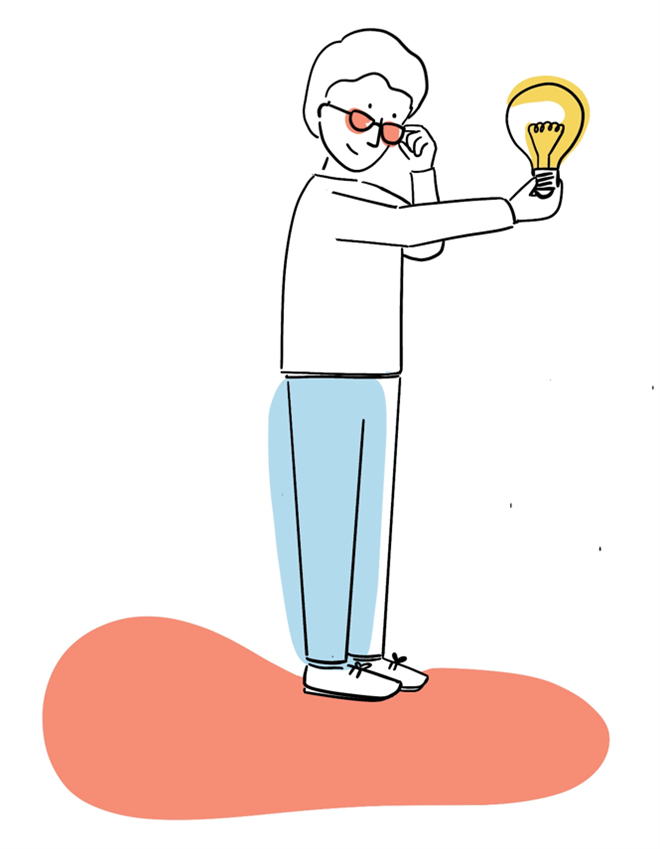
Pro-tips:
- Make sure you include the right people in the decision-making (this will save you a lot of time and discussion rounds later on).
- Furthermore, taking the rose-tinted glasses off requires a certain reality check and this is always easier with an outsider-perspective (who doesn’t have this honest friend that hints at certain aspects you had overlooked in the other person?). Once you have already done a pre-selection of the most promising ideas you should think about ways on how to narrow it down even further. You can make use of easy & quick ways to test your ideas or rough concepts. Quick interviews, or – if you are planning to have more sessions and to come up with a variety of concepts in a certain field – an online research community could help you here. The latter allows you to get feedback online on your concept and as you can moderate the community, you get in-depth ideas.
- If you use online platforms to get first feedback on your concept, it is very helpful to make first rough sketches. This often helps participants to get a better understanding of the idea behind it.
And remember, just as communication in a relationship is key, it also is in the innovation process. Firstly, by formulating an idea you will already need to give it a first finetuning and you might realize, where the weak spots are. Secondly, this will help you find out what current or potential future customers really want and how they truly feel about your idea early on!
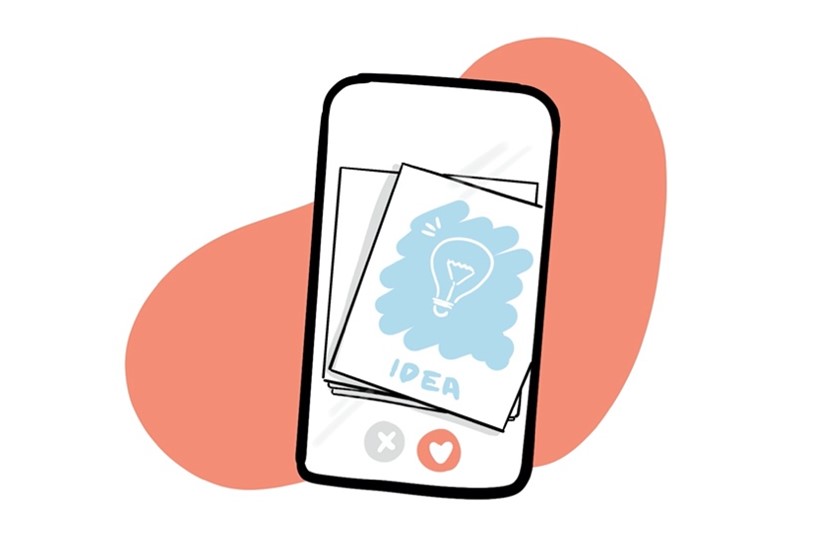
With this feedback you can decide quite quickly if you want to give this idea a chance or not (just like it is better to know who you get married to, instead of jumping into it right away and then needing to go through a costly divorce in the end). Ultimately, in both worlds there is always a risk even if you stick to a person/idea but giving it a close look and scrutinizing this early on can definitely mitigate it.
Get our One-pager on methods & tools at the end of this article!
Number 3: The real touch: lean testing and rapid prototyping
In the case of online dating, only writing for ages won’t get you anywhere. At one point you probably want to see who you have been chatting with in person – or at least facetime them to get a better understanding if there is a potential fit there or not. It’s the same with ideas. If you really want to know how your customers and potential future customers feel & think about them, you should deploy efficient lean ways to build and test (digital or physical) prototypes. These first lean prototypes feel more real and depending on how far you are already in your innovation process, they can vary in their level of detail.
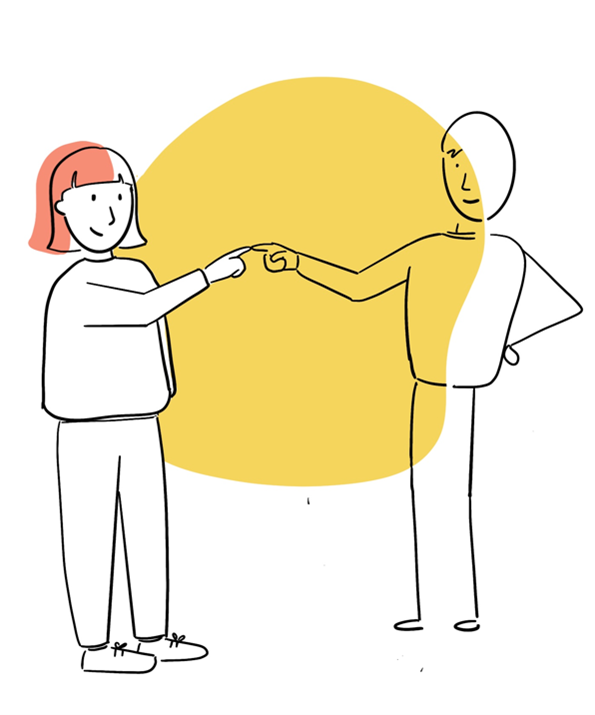
It is important to mention here that you do not need to have a finished product, rather you should determine how you could “fake it till you make it” so that users understand the core of what you want to build & that it feels somewhat real. This helps you to get more precise feedback that you can then quickly incorporate into the further development of your product.
There are a variety of tools and methods you can use, and we listed some for you in our One-pager. Don’t forget to download it before checking out.
Number 4: The deep foundation: At the core, it is a people business – make your company & innovation become a power couple
Firstly, think holistically. Just as a potential partner doesn’t only have one quality, but rather a variety of character traits (and most likely comes with a family in law), think broad in terms of the products and services you develop as well. Keep exploring topics such as connectedness (i.e., now more and more products have a digital component) and think how your products and services are embedded within a broader ecosystem.
At HYVE, our service design team dedicates itself to help you see the bigger picture and turn a single idea into a holistic & connected ecosystem that creates unique customer experiences.
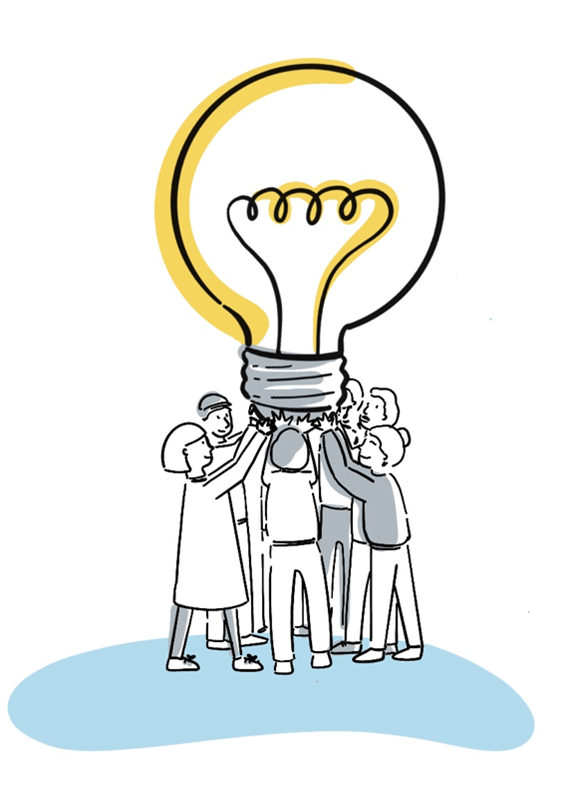
Secondly, relationships and innovation management alike are a people business at its core.
Drawing from a recent study of best practices regarding innovation management & strategies we conducted with 7 innovation managers ranging from medium-sized companies to multinationals, the main topic they emphasized when it comes to success factors for innovation was: culture. This is what builds the strong foundation.
Take a critical look and ask yourself if you are creating and living a culture that truly includes mindsets, behaviors, and competencies that promote innovation and collaboration.
These are some of the type of questions you could ask yourself:
- How do you involve employees into the innovation process?
- How involved is senior management in pursuing innovation?
- Which skills do you search for when hiring new employees?
- How do you build a culture for knowledge sharing and dealing with failure?
And remember, there is never a one-size fits all. Just as all couples are different, you need to find out, prototype and adapt the processes to ensure the right fit. And just as relationship dynamics change, you might need to adapt established processes from time to time as well to sustain the innovation spirit. It is helpful to scrutinize if you have a structure in place including roles, rights & an allocation of resources that enable innovation processes. And do you have the right processes, set of tools & methods that provide support along the innovation journey- from ideation to implementation?
Lastly, always keep in mind that creating value is the one aspect. Capturing is the other. It helps to stay up to date on which type of new business models are out there and how you can monetize your new idea or solution.
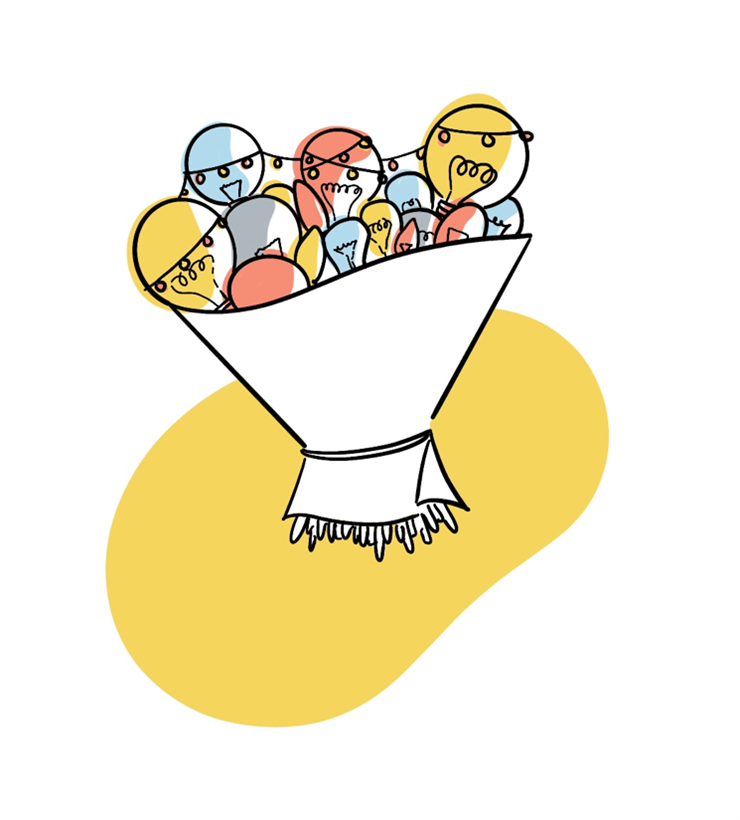
The happy end?
You want to work happily ever after? At HYVE we can support you at any stage of the innovation process – from start to finish or during particular steps only. Feel free to reach out to us. We don’t have roses but surely a colorful bouquet of collaboration ideas.
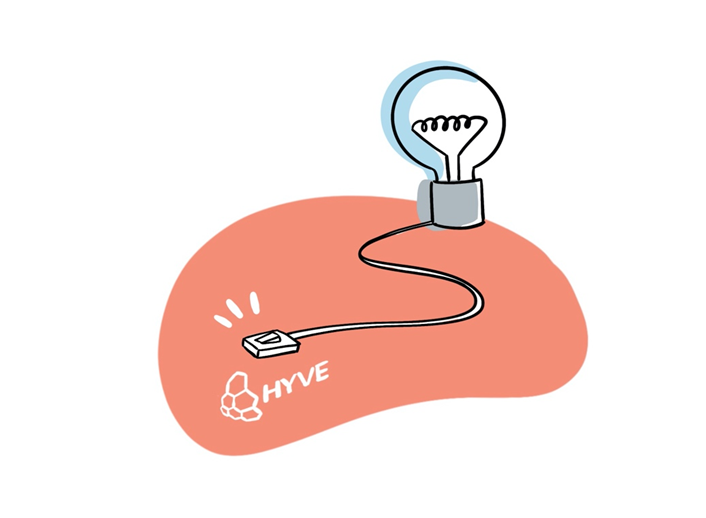
And lastly, would there be a better way to end this blogpost other than with a cheesy poem? Probably. But here we go anyways:
Roses are red
Violets are blue
Innovation isn’t always easy
But we’re all in to go this path with you!
